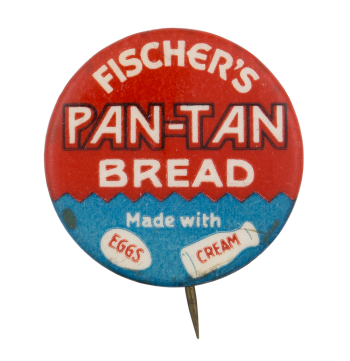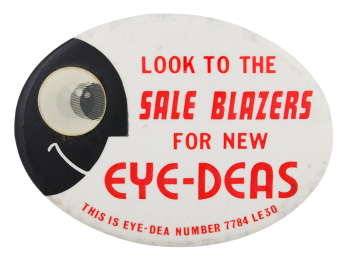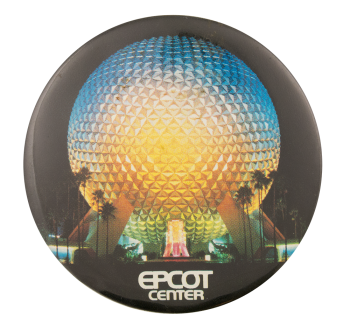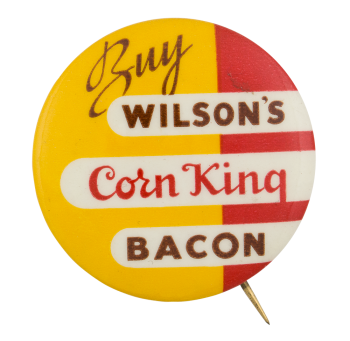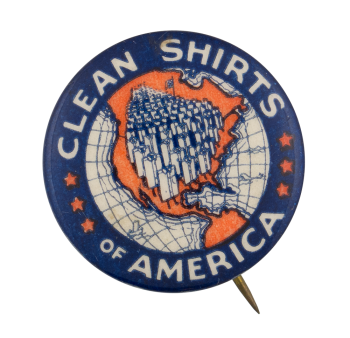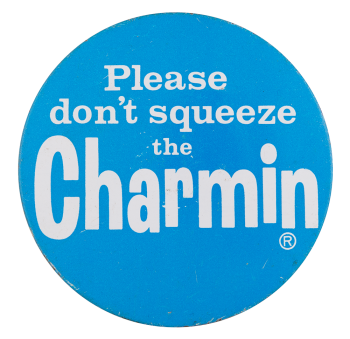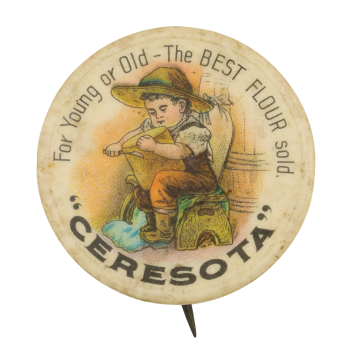Fischer's Pan Tan Bread
| Category | |
|---|---|
| Additional Images | |
| Sub Categories | |
| Text on Button | FISCHER'S PAN-TAN BREAD Made with EGGS CREAM |
| Image Description | White text on red background on top; bottom third has a blue background with white text along with a small illustration of an egg and jar of cream labeled in red. |
| Curl Text | Whitehead & Hoag co. |
| Back Style | |
| The Shape | |
| The Size | |
| Year / Decade Made | |
| The Manufacturer | |
| Additional Information | Like many other companies at this time, Fischer took advantage of celluloid buttons to catch the eye of bread-buyers. This trend began in the 1910s with the Ward Baking Company and really caught on by the 1930s. |
| Catalog ID | AD0063 |

